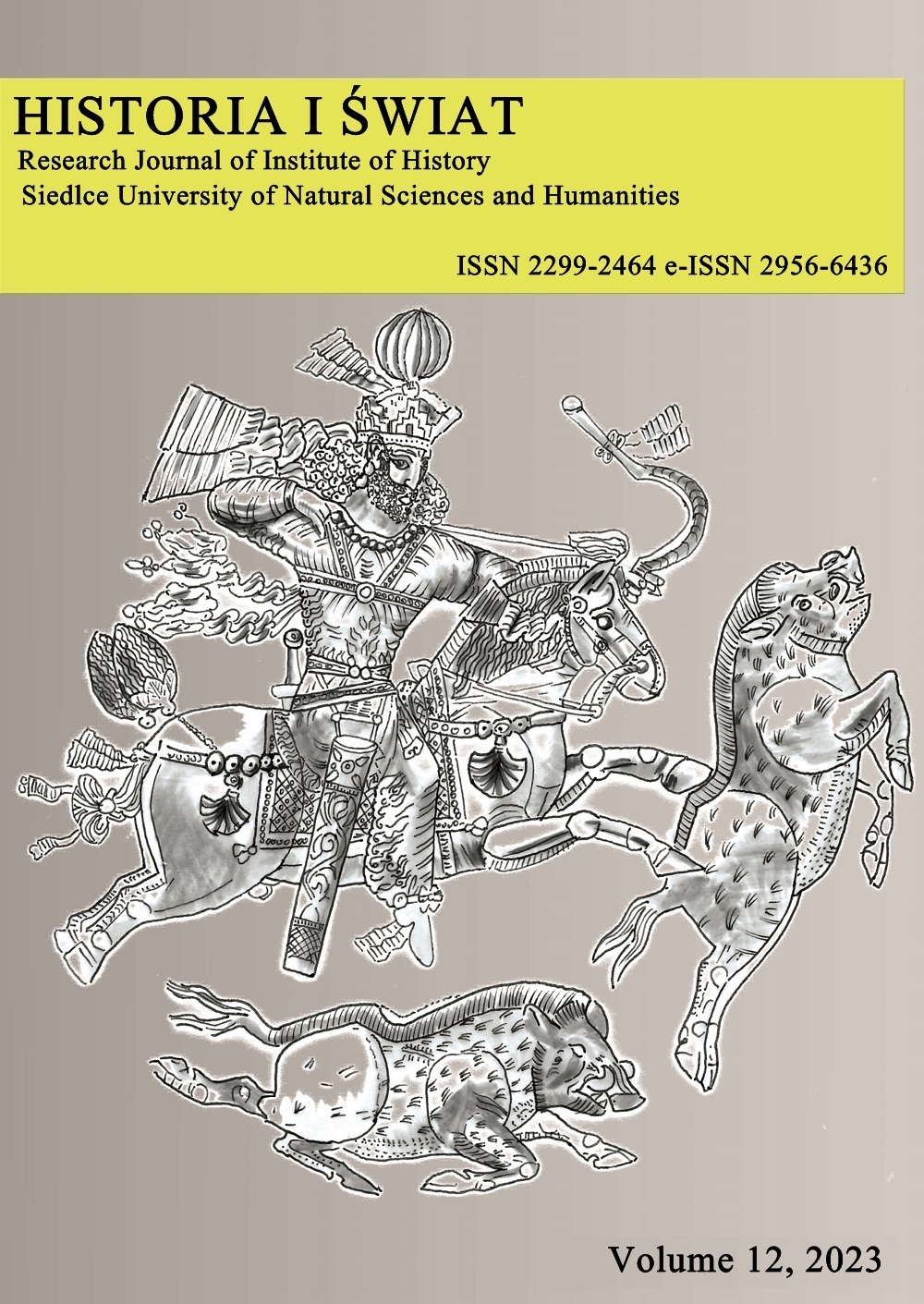Genealogical Basis of Epos as the Historical and Cultural Heritage of the Folk
DOI:
https://doi.org/10.34739/his.2023.12.16Słowa kluczowe:
History, folklore, folk epic, cultural heritage, historical poetics, national heroAbstrakt
The Kazakh folk epic talks about the heroic deeds and life of nomadic tribes, being the historical and cultural heritage of the nation, which has been passed from mouth to mouth for centuries, thereby preserving national memory and contributing to the maintenance of patriotic feelings. The purpose of this article is not only to consider the Kazakh epic in the traditional vein of narrating about the historical past, but also to emphasize its ethnographic and genealogical value. By analyzing epic poetry, folk songs and folklore in general, as well as examining fragments of individual works, the authors recreate a holistic picture of the genealogical basis of the folk epic. The article compares the differences in the traditions of the Kazakh epic poetry of the 16th-18th and 19th centuries, which are observed, first of all, in the compositional structure, the subject of the story, the worldview in general. According to the results of the study, it was determined that the genealogical basis of the Kazakh folk epic lies in a certain archetype of a hero, the only son born to become a defender of the honor and dignity of the nation. At the same time, special attention is paid to describing its origin through a poetic description of its family tree. From this follows the complex genre of the epic chronicle, which has artistic and historical value and is an example of spiritual heritage. This study is of practical use for specialists in the field of history, literature, ethnography and genealogy.
Pobrania
Pobrania
Opublikowane
Numer
Dział
Licencja
Prawa autorskie (c) 2023 Historia i Świat

Utwór dostępny jest na licencji Creative Commons Uznanie autorstwa – Bez utworów zależnych 4.0 Międzynarodowe.




